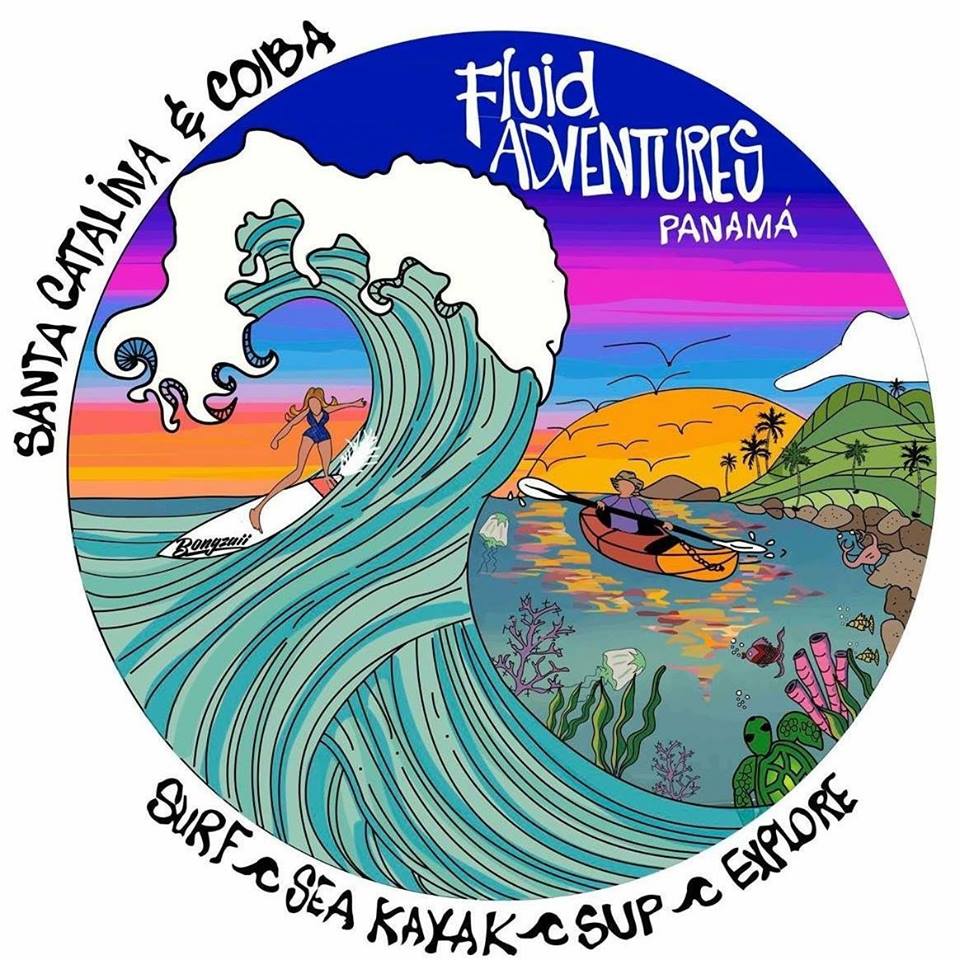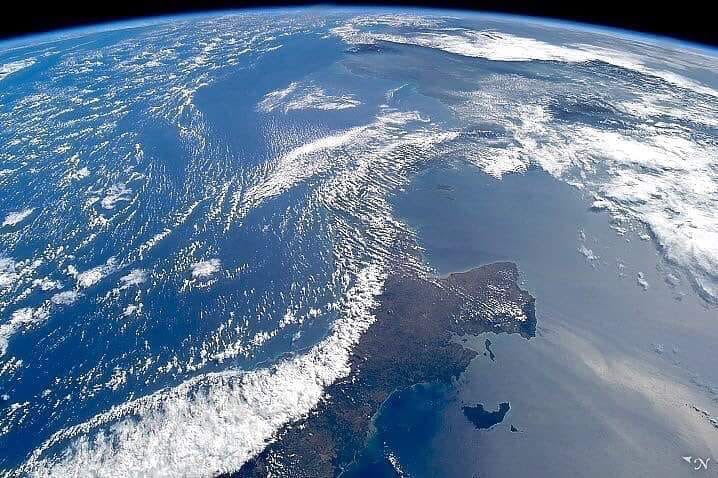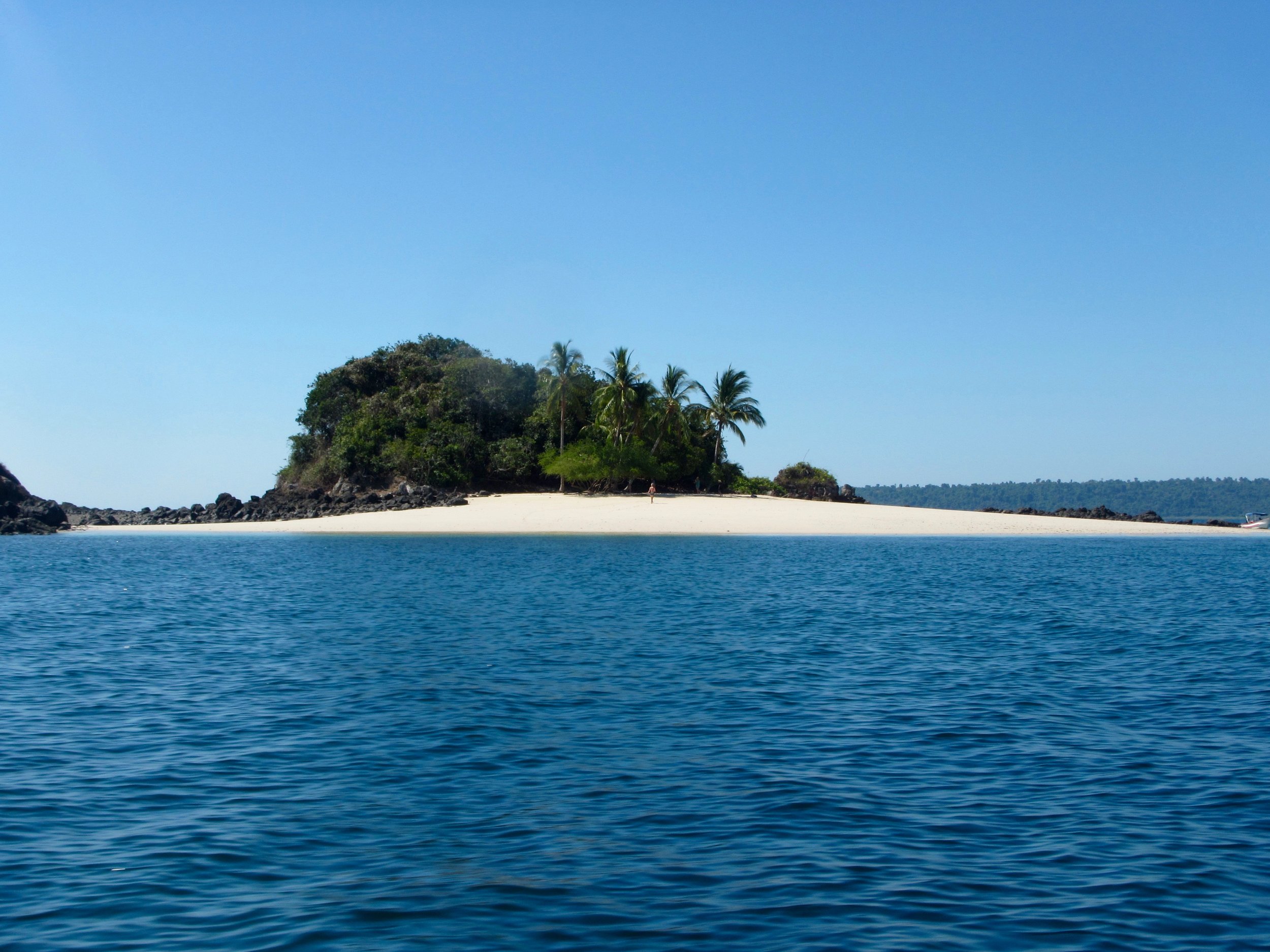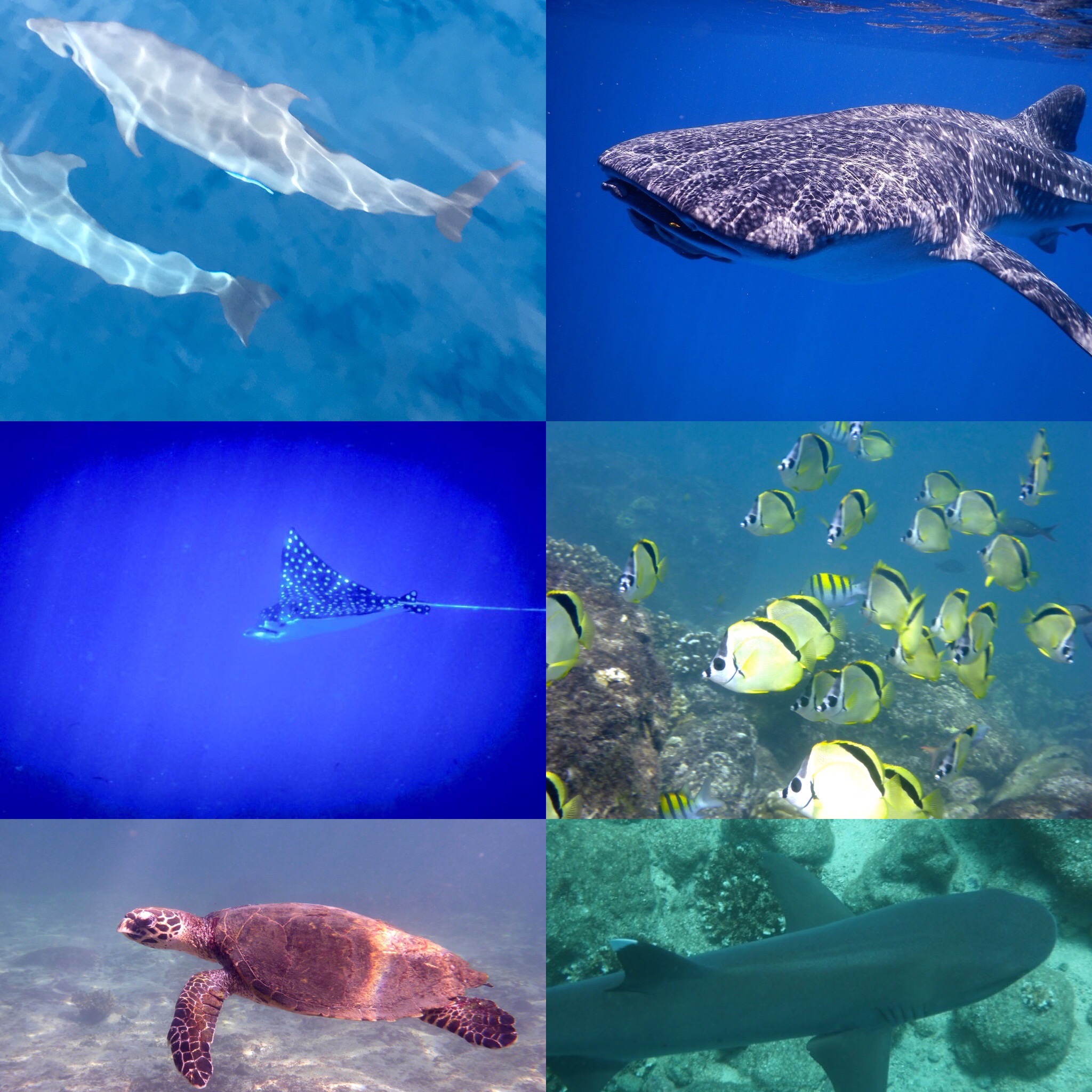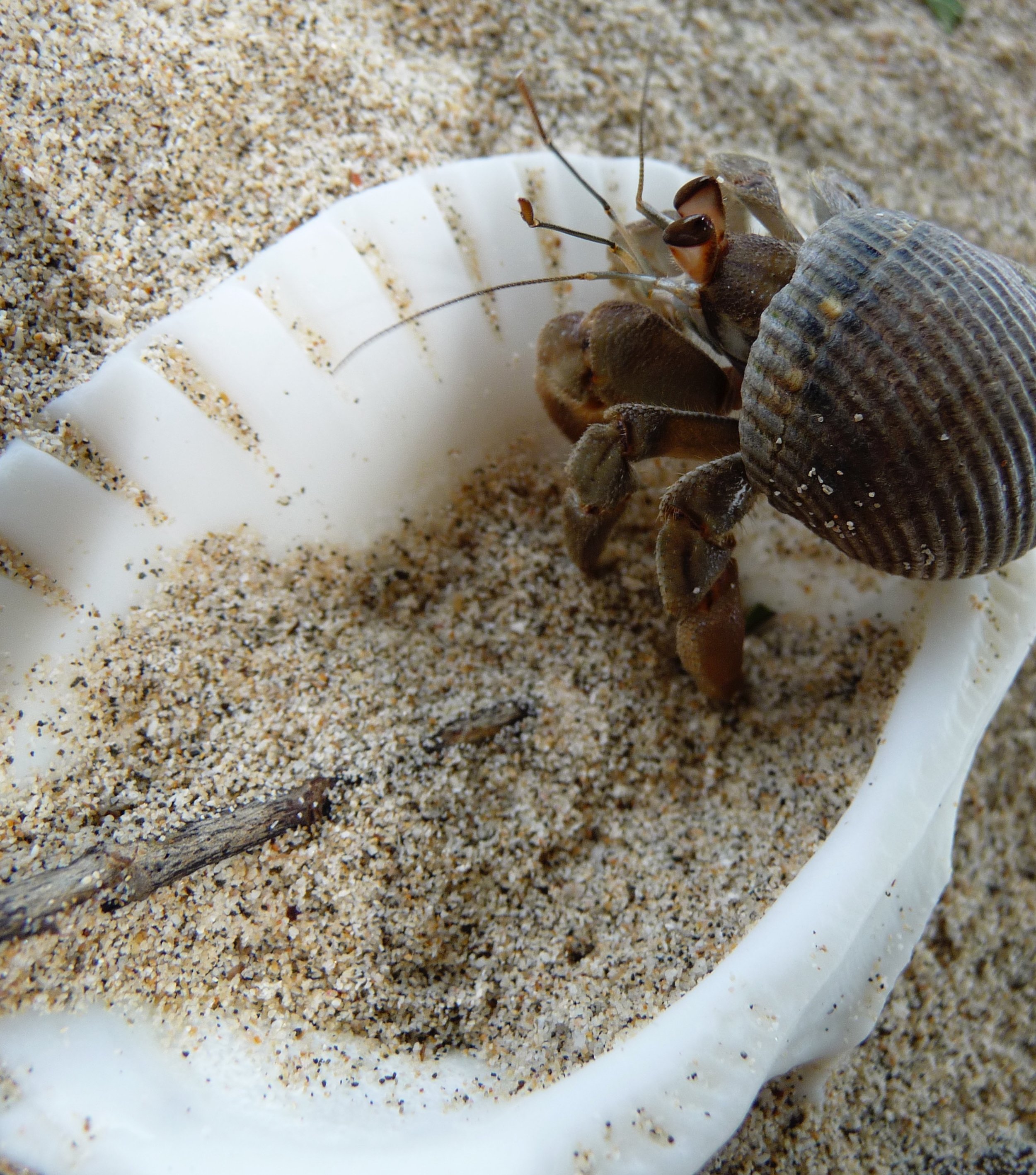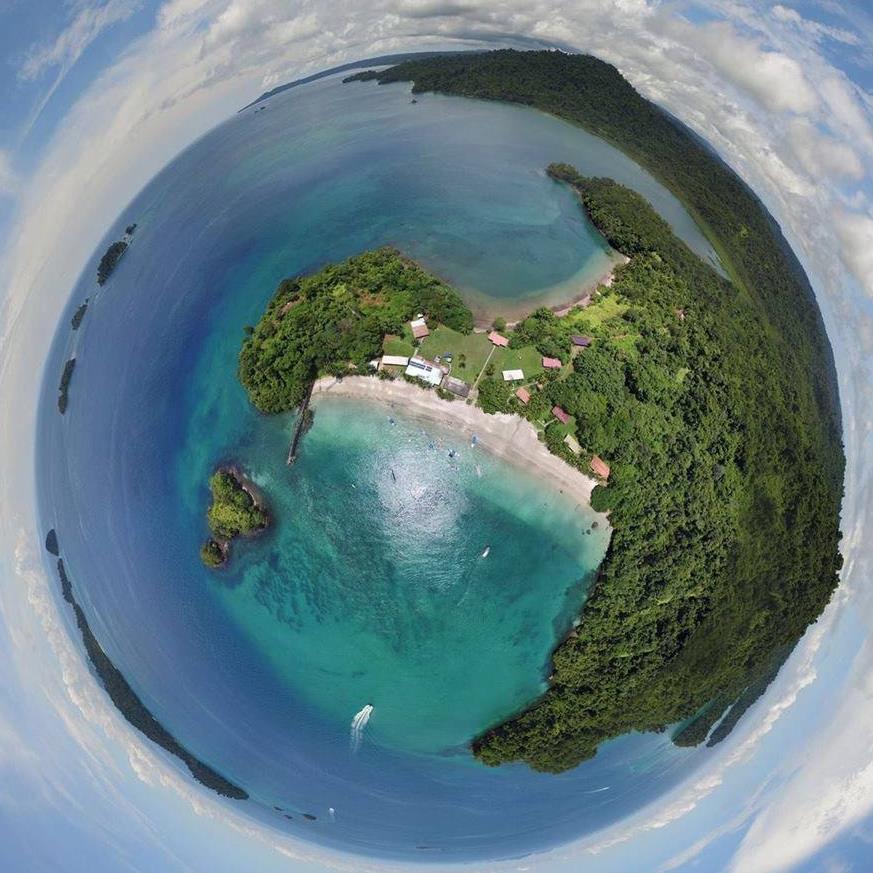Coiba National Park
History
Often referred to as “Panama’s Galapagos’, Parque Nacional Coiba was established by the Panamanian government in 1991 which protected both Isla Coiba and its surrounding waters as a national park. The legislation also allowed for the penal colony on Isla Coiba to continue operating since its presence was considered a deterrent from development. The penal colony has since closed and the park was expanded in 2004. July of 2005, Coiba was declared a UNESCO World Heritage Site. A Biological Research Station has been constructed and the park now charges an entrance fee to visitors to help fund park protection and maintenance. ANAM, the Autoridad Nacional del Ambiente or National Authority of the Environment, helps monitor and protect the area.
Geography
Parque Nacional COIBA encompasses over 2,700 square kilometers of islands, forests, beaches, mangroves and coral reefs. Spanning over 430 000 hectares in total, Coiba is one of the world’s largest marine parks. Among the spectacular marine and terrestrial environments within the Parque is the largest uninhabited tropical forested island in the Americas measuring 242 hectares.
